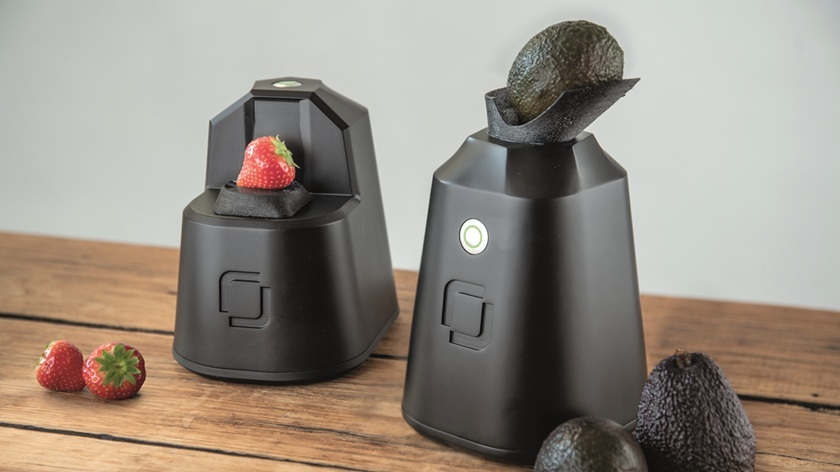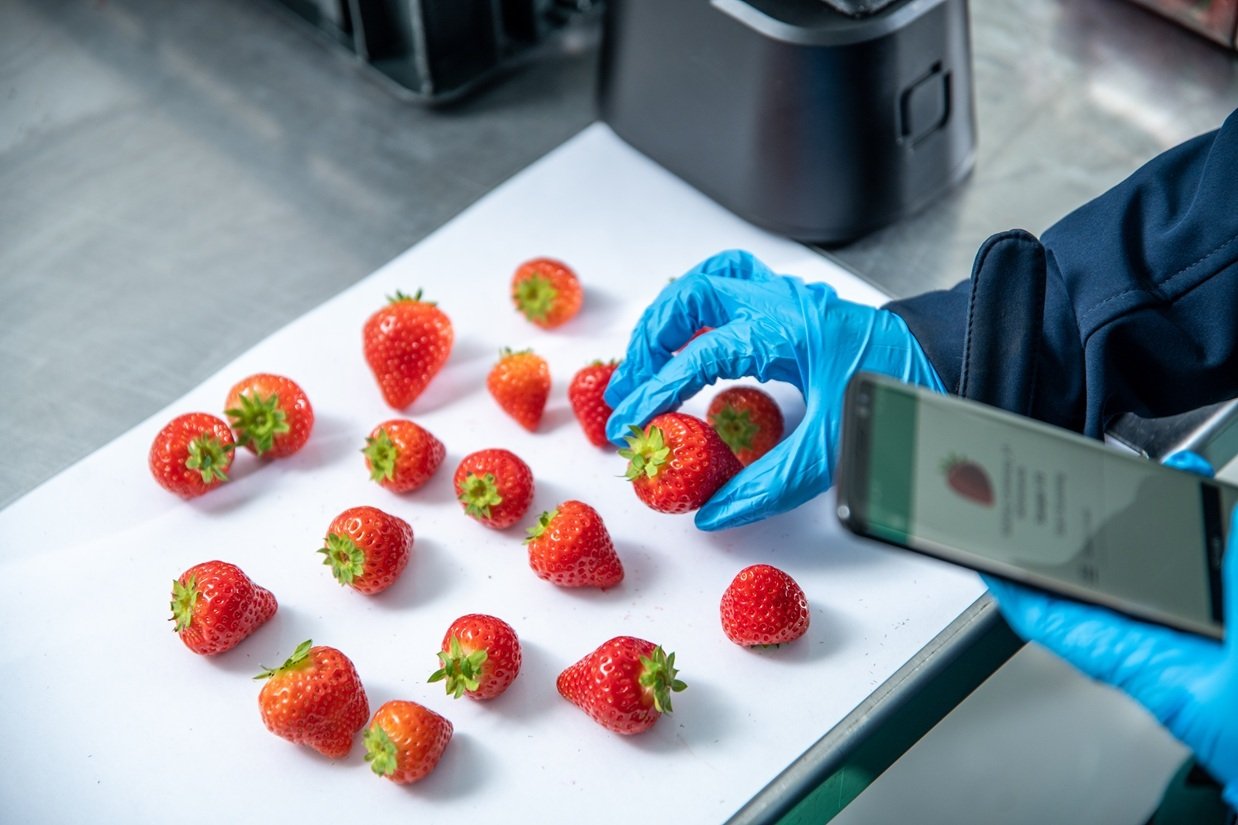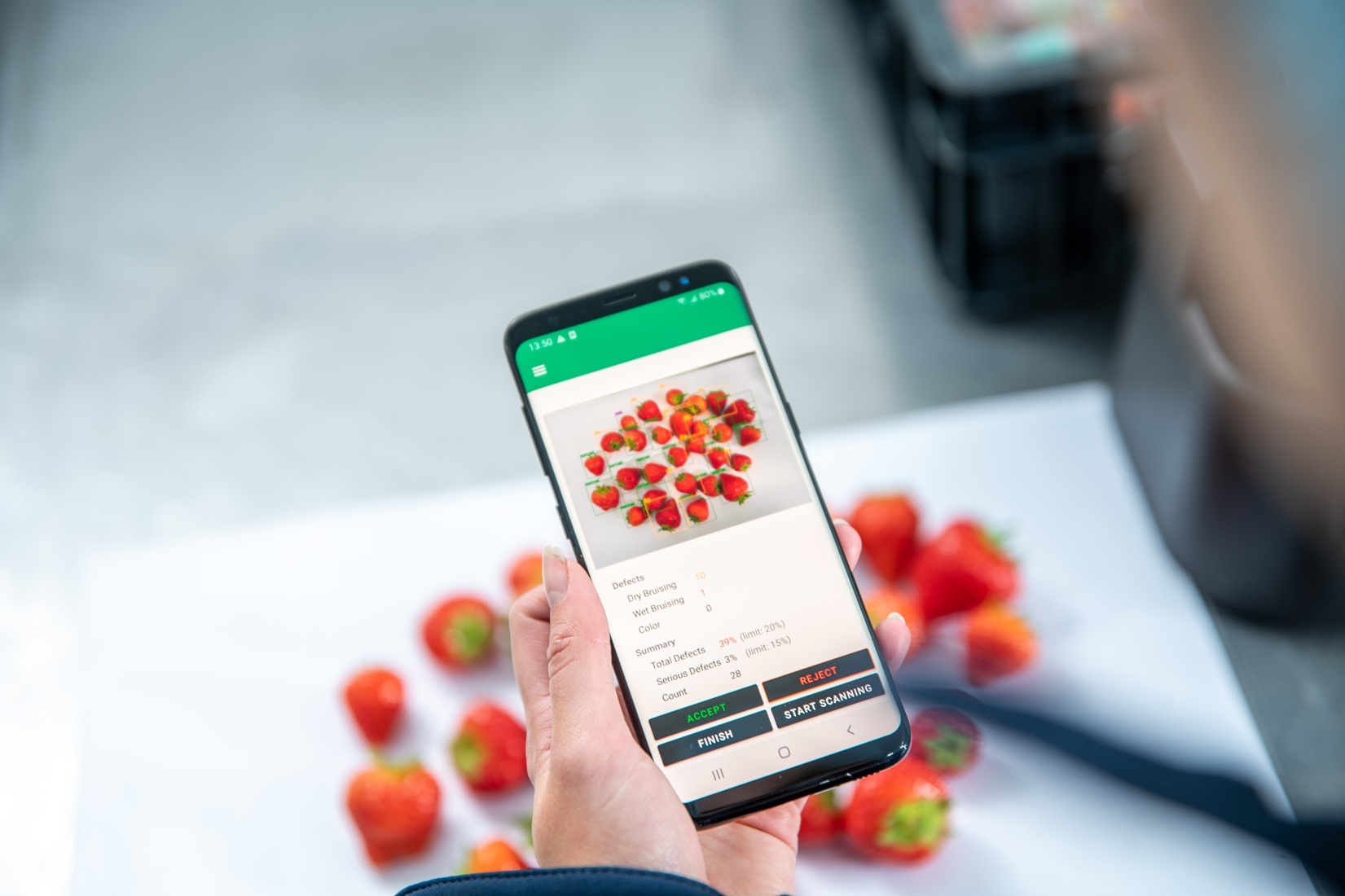
16 Jun 2023
doorOneThird
Shelf life prediction is a technology that has a vast number of applications. It’s been OneThird‘s mission to solve big issues in the fresh produce supply chain, mainly food loss and waste, by predicting shelf life.
We’ve talked with people in the fresh produce supply chain and understand what matters to their business.
There’s excitement around shelf life prediction because it can save millions of dollars, decrease food loss and waste, and provide clearer decisions.
The Benefits of Shelf Life Prediction for Suppliers
So you’ve finally invested in shelf life prediction technology. What benefits do you see? Well, a lot.
1. Decide Which Products to Ship First
Growers must have little to no waste for their shipments to be profitable. And it’s often the case that it’s cheaper to toss a shipment than pay for the logistics of recovering it.
Due to current limitations, most companies ship in a “first-in, first-out” (FIFO) approach. However, we know that shelf life can vary widely across batches. The batch from 5 days ago may last a week longer than the one from yesterday.

And what about produce that’s stored in coolers for long periods? How do you know which should be shipped out first?
By using shelf life prediction, companies can instead ship in a “first expired, first out” (FEFO) approach. You may say you’re shipping FEFO right now, but based on our experience you may not be.

Shipping the right product at the right time minimizes food loss/waste, improves product quality, and builds your reputation.
2. Increase the Number of Customers
Guaranteeing your produce meets a minimum shelf life will do wonders for your ability to attract new customers. Do you think a buyer is more likely to purchase strawberries that have 12 days of measured shelf life or those that have no shelf life given?
This helps your customers manage their inventory and minimizes the waste that occurs in their warehouses.
3. Objective Shelf Life Specifications With Buyers
Produce buyers can easily provide their shelf life requirements to suppliers and ensure they are getting good produce. In this high-volume industry, you often only have a few minutes to inspect products, and this can lead to issues.
Shelf life gives you an idea of the entire product lifecycle instead of just the subjective quality grade.
4. Prevent Quality Disputes and Expensive Inspections
Quality disputes can be annoying and expensive. With an objective basis for decisions, you can handle more disputes with data and won’t have to worry about paying to bring inspectors out.
5. Send Fresher Produce to Customers
We all know the cold chain has shortcomings.
But wouldn’t it be nice to know a customer will receive a high-quality shipment before you send it?
Assuming the cold chain isn’t completely broken, shelf life prediction helps to ensure you are optimizing the freshness of your produce.
6. Plan Long-Haul Shipments and Exports
According to growers and exporters we’ve talked to, shipping long distances can be a gamble. It’s scary to think that an entire batch could go bad en-route and the ensuing damage to your brand reputation. Not to mention the food loss and expenses it causes.
Ensure you are sending products with the longest shelf life and the greatest chance of survival to your distant customers.
7. Perform Simple Price Adjustments
By having an objective standard, you can easily measure how much the shelf life deviates from an agreement. If the shelf life is different than expected, you can have a simple price adjustment based on data.
8. Test Different Shelf Life Extension Methods
Growers and shippers test methods for extending shelf life to see which work best. However, analyzing different samples in a study is subjective and often visual. Shelf life prediction allows you to instantly see how each factor in your tests affects shelf life.
There’s no need to keep the products in the fridge and visually inspect them!
9. Analyze Shelf Life Trends Over Time
As the population grows and the amount of land we have remains the same, it’s important to improve efficiency every year.
You’ll be able to look back at historical shelf life data and make more informed decisions about the future.
10. Eliminate the Need for Static Testing
It’s 2020 and it’s still commonplace to determine shelf life by waiting for fruits and vegetables to expire on a shelf. Not only is this expensive and time-consuming, but it’s also not accurate.
Shelf life can vary widely across batches and is affected by several factors.
Eliminate the need for this by incorporating shelf life prediction into your procedures.
But Wait, There’s More
The best part of implementing this technology is you will uncover more uses for it the more you use it.
The possibilities are endless.
How Could Shelf Life Prediction Be Used in the Future?
It’s exciting to think about the benefits of shelf life prediction once the food system more heavily adopts it.
It could be used for:
- Objective decisions in blockchain-based operations
- High-speed sorting by shelf life
- Harvesting time determination
- These are just a few, but it’s exciting to think about the future of the food system with this technology.
Summary
Fresh produce suppliers benefit from shelf life prediction in many ways.
The potential applications of this technology will become more apparent as it is adopted more heavily.
Technologies like blockchain and high-speed sorting require objective measurements to work for perishable items. Shelf life prediction provides the ideal objective standard for the fresh produce supply chain.


